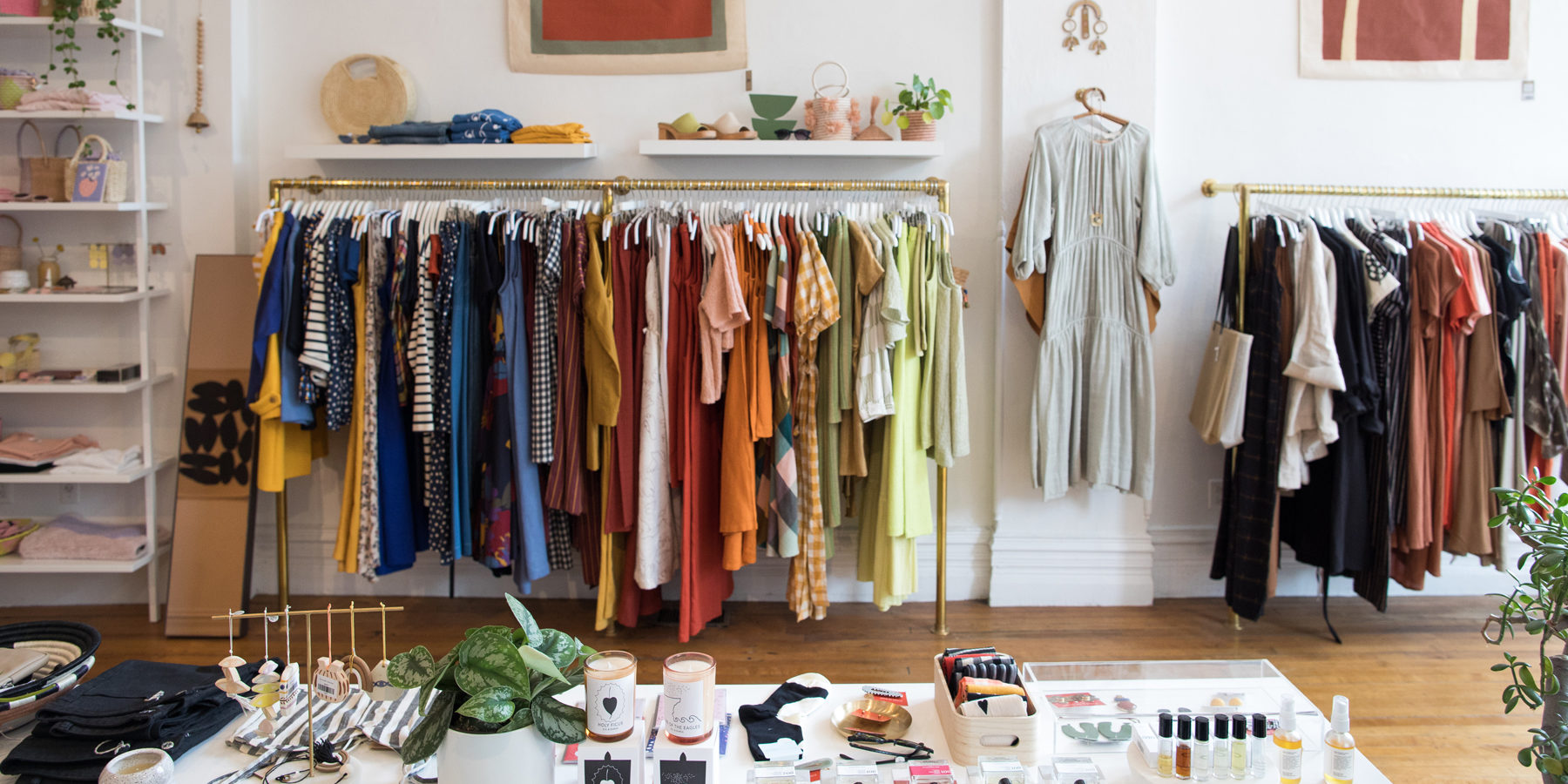Elevate Your Wardrobe with Spectacular Boutique Fashion Fundamentals
Elevate Your Wardrobe with Spectacular Boutique Fashion Fundamentals
Blog Article
A Deep Study the Globe of High-Fashion Runways: Comprehending Apparel as Art
Developers, much like masterful musicians, weave elaborate narratives via kind, color, and fabric, redefining and testing conventional norms appeal standards. As we check out these sartorial eyeglasses, we must consider: what role does fashion play in forming social values, and exactly how does it show the ever-changing tapestry of human emotion and identification?
The Development of Runway Shows
The trajectory of path programs has actually transformed substantially over the years, progressing from special market occasions to exciting spectacles that mix style with art. Commonly, runway shows were intimate affairs, held in ateliers or small locations, primarily gone to by purchasers and market insiders. These very early presentations concentrated on the garments' craftsmanship and industrial feasibility, offering a sensible and direct display screen of seasonal collections.
As the fashion industry broadened, the nature of path programs started to alter. The 1970s and 1980s noted a turning point, with developers seeking to identify themselves with more staged presentations.
In recent years, innovation and social media sites have actually even more reinvented path programs, making them accessible to an international audience. Livestreaming and electronic platforms have actually equalized style, permitting enthusiasts worldwide to witness these events in real-time (boutique fashion). This development shows a broader social shift, where high-fashion runways work as a vibrant junction of design, performance, and development
Designers as Dreamer Artists
Designers in the high-fashion sector have obscured the lines between practical garment development and the theoretical realm of art. By welcoming imaginative disciplines such as sculpture, paint, and progressive setups, designers craft garments that challenge conventional fashion norms and raise them to art forms.
Visionary designers draw ideas from a myriad of sources, consisting of abstract art, historic recommendations, and personal narratives. They have a special capacity to picture and materialize concepts that push the limits of conventional style, typically redefining aesthetic standards in the procedure. This creative resourcefulness is showcased via significant silhouettes, ingenious materials, and complex workmanship, which welcome visitors to experience style as even more than simply wearable things.
Moreover, the runway functions as a canvas for these musicians, where lights, music, and established layout coalesce to develop immersive experiences. These discussions are not just display screens of clothing but are coordinated efficiencies that stimulate feeling and prompt idea, affirming the designer's role as a true musician in the modern social landscape.
Social Influences in vogue
Cultural tapestry weaves its complex patterns into the fabric of style, affecting designers around the world. The vibrant interchange of social tales, traditions, and icons educates and influences collections that grace high-fashion runways.
The impact of culture on style is commonly seen in the reinterpretation of conventional garments and patterns. For example, using Japanese kimonos, Indian saris, or African prints in modern fashion shows a mix of cultural credibility and contemporary visual appeals. Designers such as Valentino's Pierpaolo Piccioli and Alexander McQueen's Sarah Burton have actually been known to include rich social concepts into their couture collections, equating history into wearable art.

Advancement in Material and Style
Advancement in material and design regularly improves the landscape of high-fashion, pushing borders and redefining opportunities. Designers are progressively exploring the combination of innovation, such as 3D printing, which permits for the production of complex structures that were previously unthinkable.
Additionally, sustainability has ended up being a critical style in material development. The apparel industry is seeing a rise in using sites environment-friendly materials, derived from recycled plastics, organic fibers, and even eco-friendly parts. These advancements not just use new textures and aesthetics yet also address essential environmental problems. Designers are welcoming these materials to craft garments that are both aesthetically striking and mindful of their environmental impact.
In regards to design, progressive silhouettes and experimental kinds are constantly changing the path. By incorporating advanced methods and unique products, designers grow garments that obscure the line in between style and art, establishing brand-new standards for creativity and expression in the high-fashion sphere.
Effect of Fashion on Society
Fashion wields a profound influence on society, acting as both a reflection of cultural identification and a catalyst for social modification. With its development, fashion has mirrored social changes, enveloping the zeitgeist of numerous ages. The flapper dresses of the 1920s embodied a newfound sense of females's freedom, while the vibrant prints of the 1960s echoed the advanced spirit of the time. High-fashion paths, particularly, serve as systems for difficult norms and redefining beauty standards. Designers utilize these places to attend to pressing social problems, from sustainability to diversity, thereby forming public discourse.
Furthermore, style has the power to bridge cultural gaps, cultivating understanding and gratitude among diverse groups. As globalisation increases, the cross-cultural exchange of fashion concepts ends up being increasingly substantial, promoting inclusivity and diversity. The increase of streetwear, originating from city subcultures, shows just how style can go beyond socio-economic boundaries, providing individuals a way of self-expression and empowerment.
Essentially, style is not simply concerning looks; it is a vibrant pressure that influences values, perspectives, and social progress (boutique fashion). By continually communicating with social and social currents, fashion continues to be an important component of the collective human my link experience

Conclusion
Designers, akin to visionary musicians, orchestrate collections that mirror identity, feeling, and cultural stories, testing traditional aesthetics. This crossway of fashion and artistry not just astounds target markets around the world but also influences social understandings and advertises a much deeper recognition for social variety.

Cultural tapestry weaves its intricate patterns into Full Report the material of fashion, affecting developers globally.Style possesses an extensive impact on society, serving as both a representation of cultural identity and a driver for social modification.
Report this page